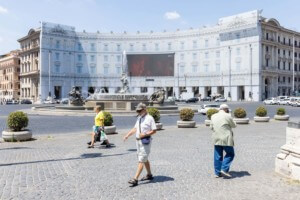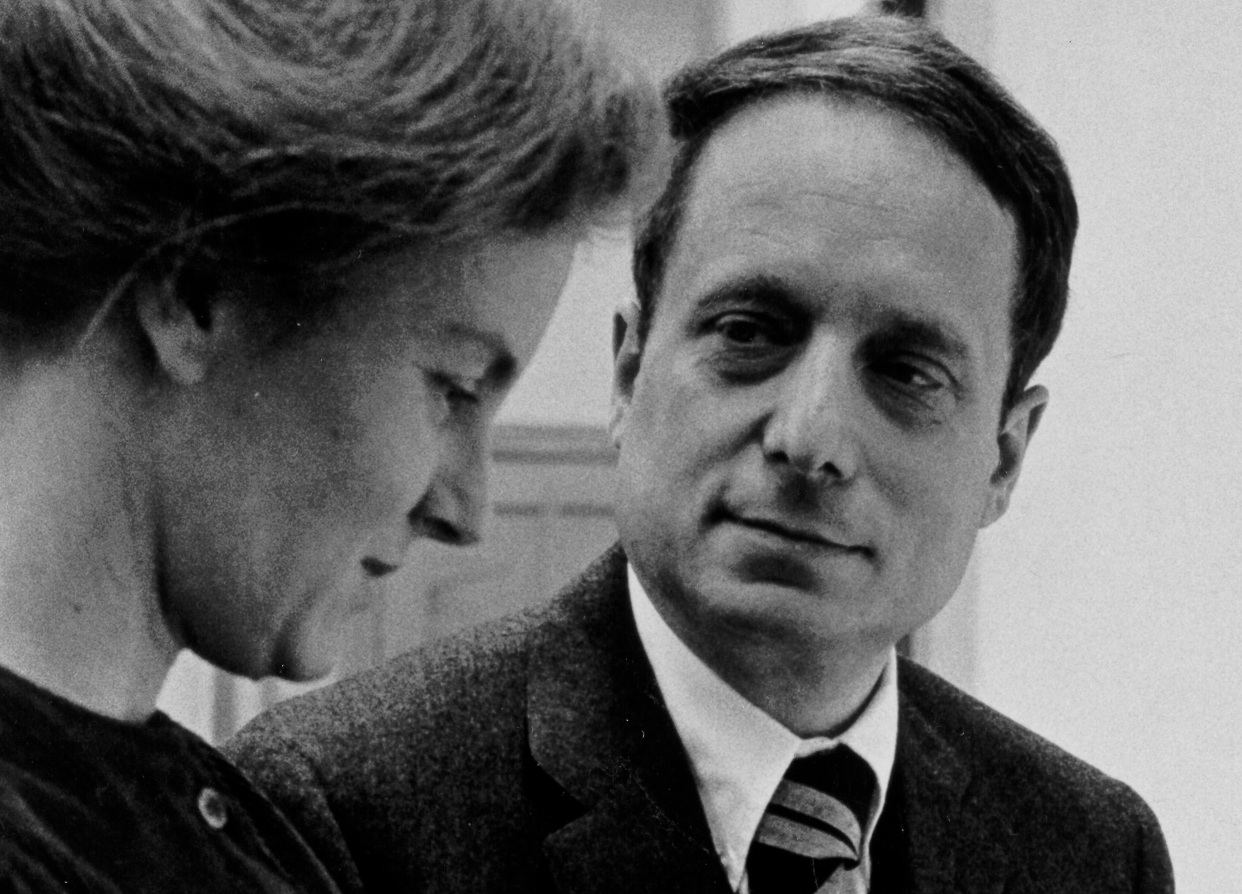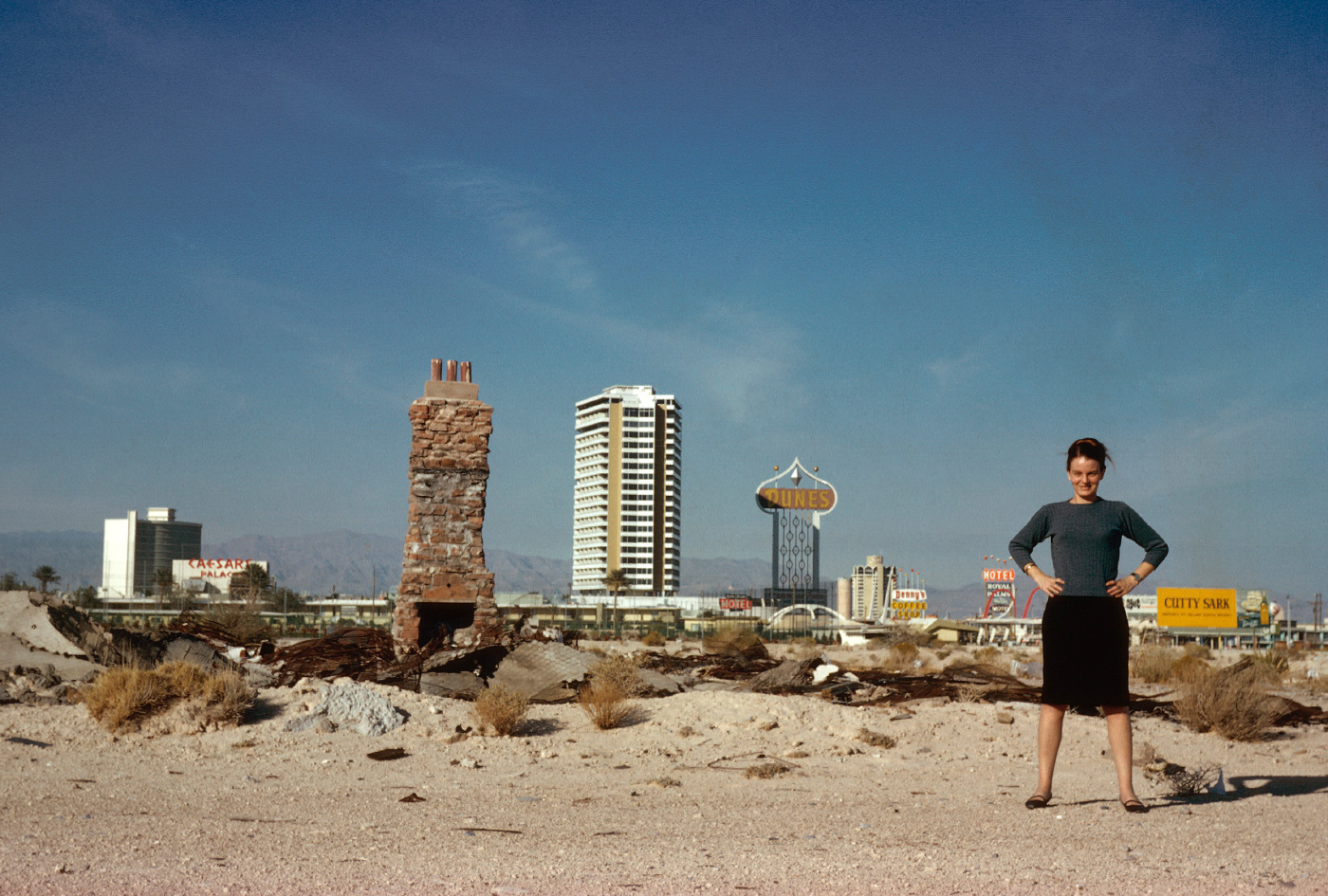One of the most honored buildings in America has a new owner. The
Vanna Venturi House in Chestnut Hill, Pa., designed by architect Robert Venturi for his mother and dubbed “Mother’s House,” has been sold to an anonymous buyer less than 10 months after it was put on the market. The sale was confirmed by Melanie Stecura, the listing agent with Kurfiss Sotheby’s International Realty in Philadelphia. She said the house is under contract and expected to settle by the end of June. At that time, she said, the sale price and owner’s identity will become public record.
“The buyer has chosen to remain anonymous until settlement,” Stecura said, adding that he is from the area and “he has every intention of preserving the property” as a private residence. Completed in 1964 at a reported cost of $43,000, the house at 8330 Millman Street is considered one of the most significant early examples of Postmodern architecture in America. In 1989, it received the AIA’s 25 Year Award for buildings that have stood the test of time. In 2005, it was featured on a U. S. postage stamp as part of a series of “twelve masterworks of modern American architecture.” It was included in a 2013 PBS documentary as one of “10 Buildings That Changed America.” Venturi’s scale models of the house are part of the collection of New York’s Museum of Modern Art.
The two-story, three-bedroom house is distinguished by a monumental front façade that belies its relatively small scale and by an overriding sense of whimsy. Venturi has likened the front façade to “a child’s drawing of a house.” Venturi gave it a pitched roof rather than a flat roof, and a central fireplace and chimney. He used details in unexpected ways, including an ornamental arch over the main entrance and a broken pediment where the peak of the roof would normally be.
Venturi designed the house at the same time he was writing
Complexity and Contradiction in Architecture, a 1966 book that sparked widespread rethinking of Modernist ideals. Many of his design decisions with the Vanna Venturi house were seen as a rejection of the Modernist aesthetic. Architectural historian Vincent Scully once called it “the biggest small building of the second half of the twentieth century.”
Vanna Venturi sold the house in 1973, and it remained a private residence. It has had only two owners, Vanna Venturi and Thomas and Agatha Hughes, who have both died. Their daughter has lived in the house for the past several years and put it on the market last July with an asking price of $1.75 million. The price was lowered this spring to $1.5 million. Local real estate observers said the buyer likely would be someone who already lives in the area and is aware of the house’s history.
Stecura, the real estate agent who handled the sale, said the house’s link to Venturi and its architectural signif
icance were selling points that attracted the buyer. “He’s not an architect by trade, but his interest in the house is sincere,” she said. “He knows all about the house.” She also praised the Hughes family for keeping the house in “pristine” condition and respecting its architectural integrity. The Hugheses “were terrific stewards of the property,” she said. “It was very important to them not to sell to just anyone…It’s a house that needs to be lived in, not turned into a museum.”
The sale comes just as Venturi and his wife and design partner, Denise Scott Brown, are scheduled to receive the Gold Medal from the American Institute of Architects at its annual convention, which will be held later this month in Philadelphia. Now 52 years old, the house also is being considered for designation as a city landmark by the Philadelphia Historical Commission.










